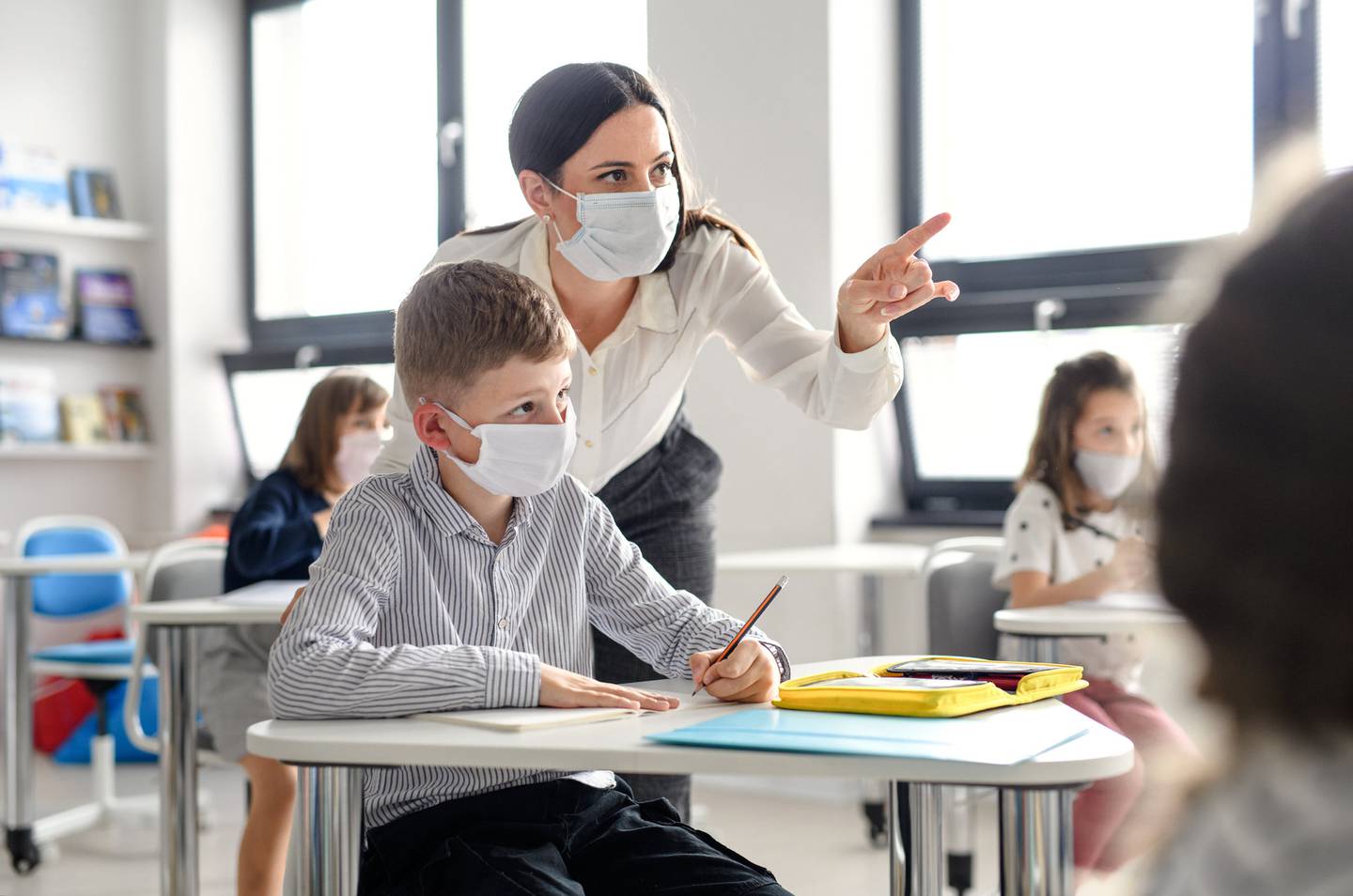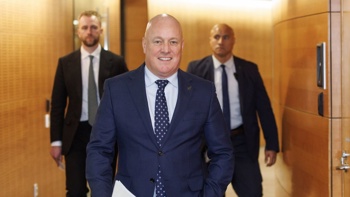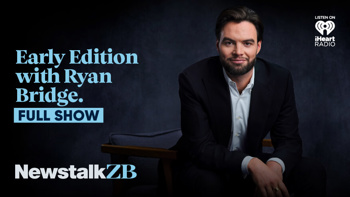Experts have welcomed the Government's tighten-up around masking, but argue the new measures don't go far enough – with some suggesting masks be provided to children as young as 2 under the red setting.
Under just-announced changes to mask requirements, from February 3, masks must be worn at businesses which serve food and drink – and that diners will be asked to wear them when leaving their tables.
Further, bandanas or T-shirts pulled up over the mouth wouldn't be accepted, while children on publicly funded school trips would also be required to wear them.
Prime Minister Jacinda Ardern encouraged workplaces which were not customer-facing to decide on how to best implement a practical mask use policy.
It would be cumbersome to assign people to assess if scarves or makeshift face coverings were properly fitted, she said.
"We are asking for something that connects over your face."
But the Government stopped short of recommending the use of N95s for the general public – as several experts have called for – partly due to the expense.
University of Auckland aerosol chemist Dr Joel Rindelaub described the new mask requirements as "a good start".
"We know that Omicron is highly transmissible and does transmit via aerosols that hang in the air - and the best way to prevent yourself from breathing them in is to wear a covering over your nose and mouth," he said.
"The best way you can do that is with N95 and P2 masks."
Here, Rindelaub said there was much room for improvement – especially environments in schools, where outbreaks regularly occurred.
"Providing teachers, for instance, with the highest-quality masks would be a good way to help reduce community transmission."

Masks are required to be worn in schools by staff and pupils at Years 4 to 13 under the red traffic light setting. Photo / 123RF
Otago University epidemiologist Professor Michael Baker also felt the Government could have gone further, adding it was now "very late in the day", with Omicron now here.
"It was really positive to see the Government expressing greater acceptance that masks have a role to play, which has been well accepted for probably at least a year, internationally," he said.
"So, in a way, it's bringing us a bit more up to speed with that recognition that this is an aerosol-borne infection, and that masks have a huge contribution to make, on top of the vaccine."
Baker felt masks could be supplied to children as young as 2, as per updated guidance from the US Centres for Disease Control and Prevention (CDC).
That guidance states: "Anyone ages 2 years or older who is not vaccinated or not up to date on vaccines should wear masks in indoor public spaces. This recommendation also applies to people who are up to date on their vaccines when they are in an area of substantial or high transmission."
Baker said: "At the moment, we've got a giant hole in our protection in New Zealand – and that is for pre-school children.
"I don't know any reason why we're not looking at masks in those age groups."
In a just-posted blog, he and colleagues pointed out that respirator masks also weren't readily available in child sizes in New Zealand, yet were often reported by children as being easier to wear as well as being more effective.
They added that some children will not be able to wear masks – and if so, "it will be important for those around them to be vaccinated and wearing masks as effective public health protection".
Baker also saw a need for formal quality standards for masks sold here.

Masks are a vital part of New Zealand's defence against Omicron. Photo / Alex Burton
"At the moment, even though they are recommending three-layer masking and giving instructions on how to make them, I would have thought we introduce a standard for any masks available for sale here."
All the same, he said an equity problem could arise where some families couldn't afford the highest quality ones.
"This is really where the Government has a big role to play, both in stating standards and also enabling more access to suitable, quality masks," he said.
"More needs to be done on both of those things in the time that we still have available."
Earlier this week, Baker's fellow Otago epidemiologist Dr Amanda Kvalsvig argued the Government needed to move away from its current stance on respirator masks like P2 or N95, "which appears to be that the public would not understand how to wear them".
"This stance would deny New Zealanders one of the most effective protections that they have just now," she said.
"Respirator masks are standard wear in many countries and there is abundant clear and straightforward advice about their use.
"Even without instruction, N95-type masks tend to fit better around the face than surgical masks, which typically bunch up at the sides so they have gaps for the virus to enter."
Earlier this week, Covid-19 Response Minister Chris Hipkins acknowledged surgical masks would likely become the default face covering to help curb community spread.
Under the red traffic light setting, masks had already been mandatory in schools for staff and pupils in Years 4 to 13, in tertiary education facilities, or when visiting licensed early childhood services.
That was on top of requirements in shops, clinics, aged care facilities, councils, courts and public venues, as well as on flights, buses, ferries and taxis.
- by Jamie Morton, NZ Herald
Take your Radio, Podcasts and Music with you









